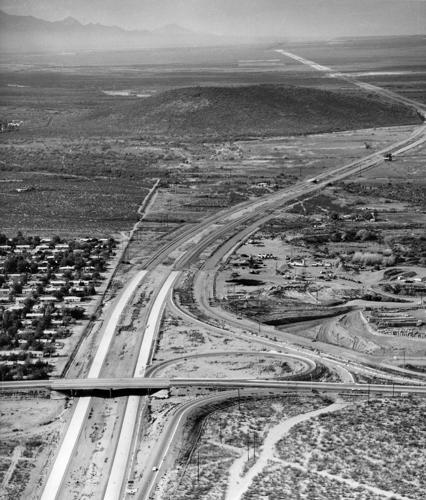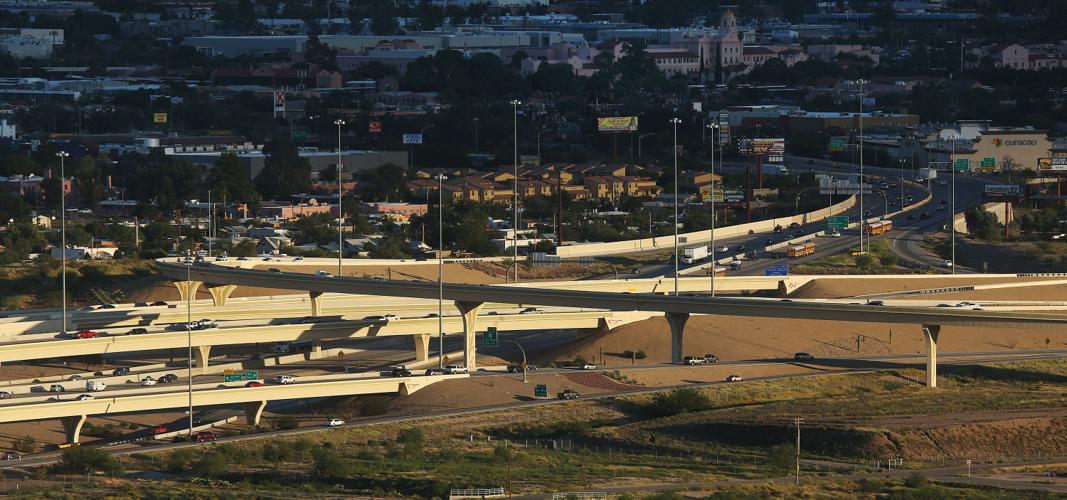The Arizona Department of Transportation brought its roads show to Tucson last week, gathering input about long-term transportation plans.
The ideas could find a place in ADOT’s upcoming Long-Range Transportation Plan, which sets goals, provides direction and establishes benchmarks in transportation planning.
Asking the people who fund government activities how they expect their money to be spent is a good idea, especially on a vital function like transportation.
But there are also some drawbacks to involving the public in planning and policy-making.
For last week’s meeting, ADOT officials divided participants into four groups. Each group was tasked with discussing various scenarios, including momentum, global chaos, technology and leaving a gentle footprint.
Each of these groups was to discuss five overarching topic areas as they relate to the four scenarios: the economy, technology, politics, society and the environment.
Similar to events held across the state, the object was to establish some goals — high-altitude stuff rather than specific projects.
Some productive comments came from these discussions.
A few that stand out were the need to recognize the importance of transportation networks in terms of economic development.
As one workshop participant said, transportation is the lifeblood of the economy.
You don’t have to look too far to see this in action.
Just take a drive down Tucson’s interstates and start counting the semis carrying goods across the country. There’s so many you’ll quickly lose count.
Pima County’s effort to gain federal funding to build the Sonoran Corridor connection between Interstates 10 and 19 speaks to the same issue of transportation’s role in the economy.
County officials have made expansion of the transportation network the key aspect of an economic-development plan. That’s because some county leaders see the proposed highway south of the airport as a prime location for import, logistics, manufacturing and defense-industry development.
Another point made at the meeting was about funding.
A participant observed that it won’t matter what the vision and goals for the state’s transportation network become if there isn’t money to pay for them.
The Legislature hasn’t increased the gas tax since the early 1990s. On top of that, transportation-funding programs such as the state’s Local Transportation Assistance Fund, which was funded through lottery sales, have been cut or eliminated.
Other hits to transportation funding have come over the years as gas taxes through the Highway User Revenue Fund got diverted to other state departments and to balance the state’s general fund.
Some of the discussions wandered into the area of walkable communities.
A participant noted many Northeastern cities have developed close, urban cores that make life easy for pedestrians.
Walkable communities are important, for sure. But I’m uncertain what exactly ADOT can do about that.
Creating urban cores is more of a local zoning issue, not a state highway planning matter. Other discussions focused on water usage and shortages.
Exercises like the one last week expose the need to find the balance between public involvement and allowing the experts we’ve tasked with running government agencies to do their jobs.
If we cede all the power to bureaucrats, conflict and controversy will plague every decision.
Excessive public process, however, empowers the single-issue activists, NIMBYs and interest groups of all stripes.
There’s an adage that says a camel is a horse designed by committee. Let’s hope ADOT isn’t forced to make a camel out of this long-range plan.
For more information and to comment go to http://azdot.gov/planning/CurrentStudies/state-long-range-transportation-plan/overview
Down the road
Beginning Monday, city contractors plan to begin improvements to the Tanque Verde Road-Wilmot Road-Pima Street intersection. Work hours will be Monday through Friday from 7 a.m. to 5 p.m.
Work includes addition of a second left-turn lane on northbound Wilmot to westbound Pima. Additionally, the two triangular islands on the west side of the intersection will be removed and Pima will be reconfigured to accommodate the two lanes of traffic.
Pima eastbound will have two designated left-turn lanes and one right-turn lane. Surface improvements also will be made.
Two lanes will remain open in each direction on Wilmot and Tanque Verde during construction. Just one lane in each direction will remain open on Pima. The project is scheduled to be complete in about 60 days.
Reader question
A reader asked about east-side work on the loop along the Pantano Wash between Speedway and Broadway.
The reader wants to know when a connection on the east side will be completed.
Pima County officials told Road Runner that construction is underway and a new pedestrian and bicycle bridge is in place. The work is expected to wrap up sometime in March.





